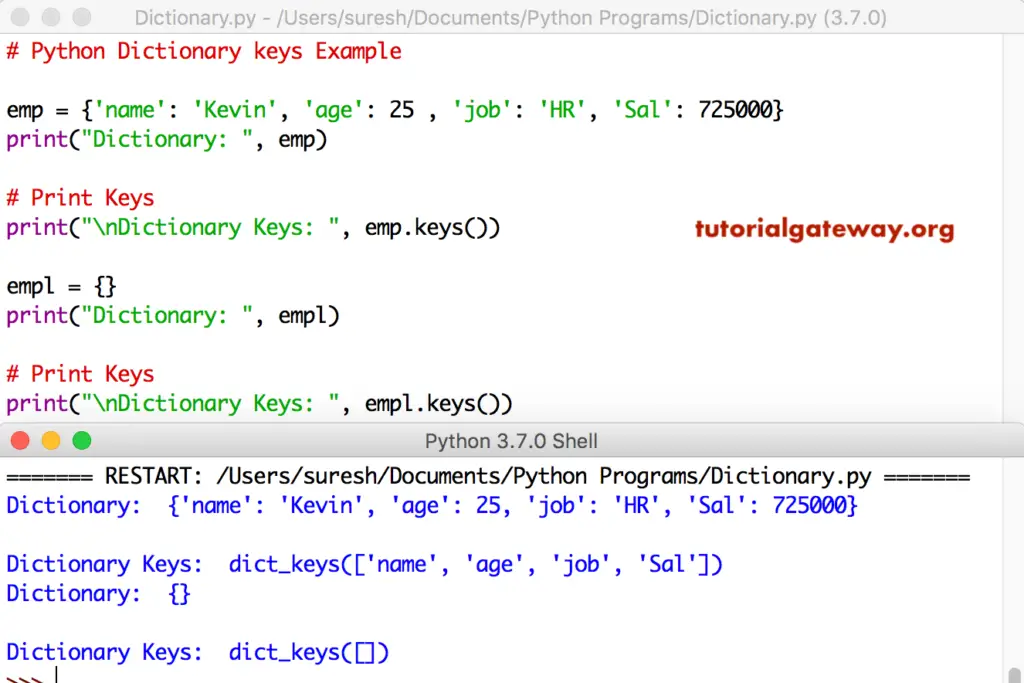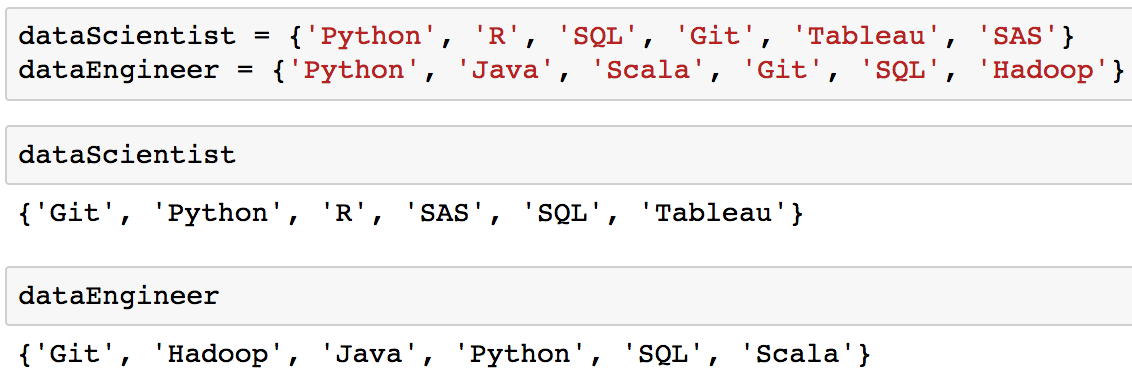


#Python list of dictionaries sum values code#
993 The question remains however: what is your requirement here for structural consistency of the data ? When your code is used, what can you assume about the data, and what do those assumptions require to do in code to prevent errors and get "meaningful" results. Example iterables are lists, dictionaries, sets, and tuples. Totals.AddRange(Enumerable.Repeat(0d, maxlistsize)) allocate a new list of doubles with 'maxlistsize // and fill it with 0.0's test in a method or EventHandler // get the size of the largest list in 'Value Collection int maxlistsize = () you have made an assumption that may come back to haunt you.Īssuming that you always want to have a number of "totals" equal to the size of the largest dictionary value (list of doubles), actually makes it simpler, imho, to program: The above example would work with Dictionaries where the values (lists of double) are of any size, but, you can see that if you base the number of values to use on just the first list. We have created a simple and easy function sum() here to add values. test in some method or EventHandler // IEnumerable is returned var test = listSums(()) The issue of what you can reliably assume is true about the state of the data you deal with here is. We can get the sum of values of elements in a dictionary in Python using a for loop. select only those lists that have the same number of items var okayvalues = lstValues.Where(lst => lst.Count = repcount) no items : quit if (repcount = 0) yield break like Karthik I assume that the first list // item count is what to use. The variable sumd calculates the sum of the values of the dictionary elements is then printed.// no lists : quit if (lstValues.Count = 0) yield break.Then every single element of the list is added to the variable called sumd.Using a for loop, one can traverse the list allocated to variable k.A variable sumd is allocated to a memory space.For eg : if there is a dictionary d= then the method d.values() generates a list of the values of the elements. The dict.values() method of a dictionary forms a list of the values of the elements in the dictionary.You must be wondering, LIST? WHERE DID THAT COME FROM? As a first step, we used a variable k allocated in memory and assigned a list to it.This article covers different types of mutable and immutable data type in python including sets. The data type in python is automatically detected when the value stored in the variable. Unlike Java, C, C++ in Python we do not explicitly specify the data type of the variable. implementation can make use of Pythons sum function to sum the elements of a list. from collections import defaultdict import pandas as pd dictionary defaultdict (list) for data in listofdictionary: for key, values in ems (): dictionary key.append (values) pd.DataFrame (dictionary) This works, however, I have to apply this same loop to a number of independent data items, therefore, is there a concise way to. A user-defined function named SUM is used to obtain the desired output. A Python data type defines the type of data stored in a variable. The keys and values can be extracted as lists from a dictionary. For eg: In the above code, we use a variable diction1 and then replace the parameter by diction1 while calling SUM(). We are considering a parameter dict which would later, during function call be replaced by a global variable to which a dictionary is assigned. Learn: Creation, Addition, Removal and Modification of Dictionary in Python Python program to find the sum of values of elements in a dictionary def SUM(dict): This can be done either by using the math function or normally accessing each value using a loop. Using this program, we will add up all the integral values of the elements in a dictionary.

One can gain knowledge on the functions and methods of a dictionary by typing
#Python list of dictionaries sum values how to#
So let’s start learning: how to find the sum of values of elements in a dictionary in Python. The values in the elements are accessed with the keys of that element. A dictionary is a collection of elements with key-value pairs.


 0 kommentar(er)
0 kommentar(er)
